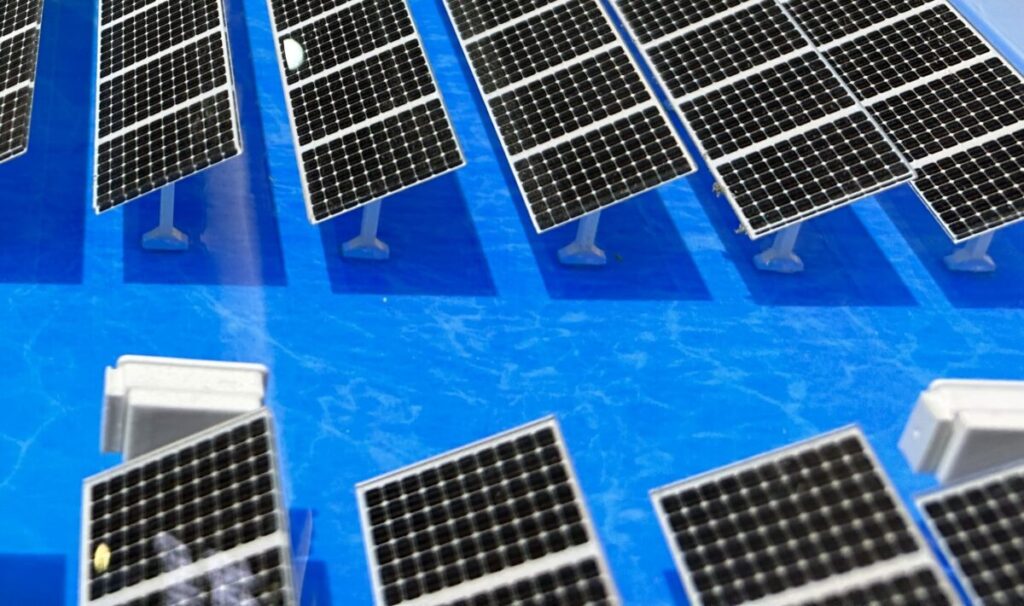Floating sun can add 17 GW to 24 GW capacity in Brazil, depending on the price scenarios, while it also reduces the water evaporation to 50% and retain water for hydro -electric generation, according to a new study.
The installation of floating tanning systems on just 1% of Hydro -electric reservoirs from Brazil can yield up to 38 GW capacity for the national schedule. This projection comes from a first study study by PSR Energy Consulting and Analytics.
The report analyzes the technical, economic, regulatory and environmental potential of the integration of floating sunstels in the Hydroelectric factories of the country.
“The integration of Hydro -Electric factories with floating tanning systems, or those in the vicinity of reservoirs, is a strategic option for Brazil to promote its energy transition with efficiency and sustainability,” said Rafael Kelman, executive director of PSR Energy Consulting. “This is an opportunity to use existing infrastructure to quickly expand the use of renewable sources.”
The study identified a theoretical generation potential between 2,265 GW and 3,800 GW by covering the Hydroelectric reservoirs of Brazil with floating tanning systems. This figure exceeds 10 times the current installed capacity of the national interconnected system of 235 GW, according to the National Electric System Operator (us).
From an economic perspective, floating solar projects are viable, especially in price scenarios in the short term. Economic potential varies from 17 GW under a scenario with a fixed price up to 24 GW based on the historic spot price average of Brazil.
In the area of the environment, the study showed that floating systems could reduce the evaporation of the water by 30% to 50%, depending on the coverage of the reservoir, so that water can be saved for hydropower use. However, the electricity gain from saved water is modest.
Hybrid effect with hydropower offers synergies such as complementary generation and shared use of drainage infrastructure, which can lower connection costs and support integration.
The level of energy costs (LCOE) for floating tanning systems are on BRL 374 ($ 65/MWH), above land-based solar energy at BRL 343 ($ 60/MWH), largely due to higher costs in advance. But operational and environmental factors can limit that gap, especially in areas with a limited availability of land.
Despite a strong potential, adoption is confronted with obstacles. The study marked raster savings risks, hydropower control limits and the need for flexible demand during low demand.
It also noted that regulatory and environmental issues, including risks of eutrophication and consequences for water life. Nevertheless, the report said that these could be limited by good practices, such as continuous monitoring and Zinging in well -circulated water.
This content is protected by copyright and may not be reused. If you want to work with us and reuse part of our content, please contact: editors@pv-magazine.com.

